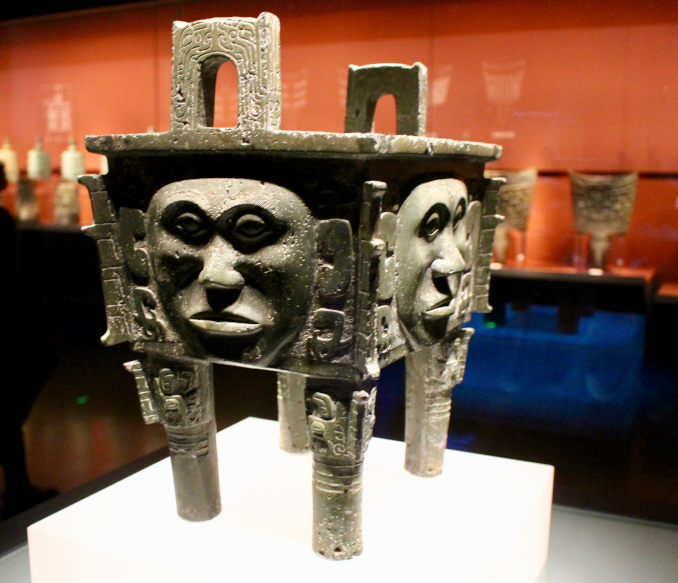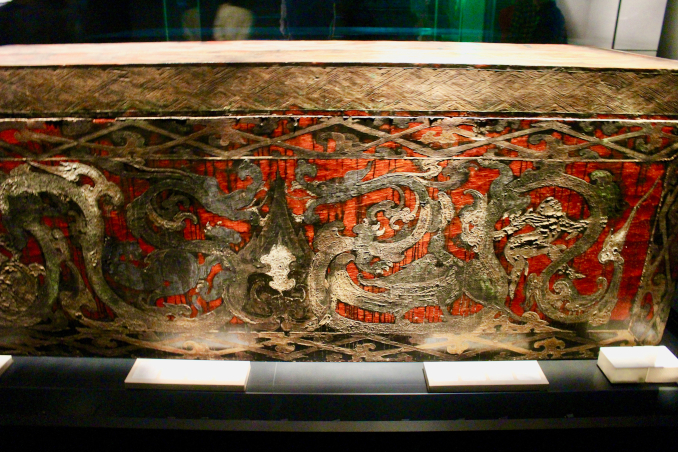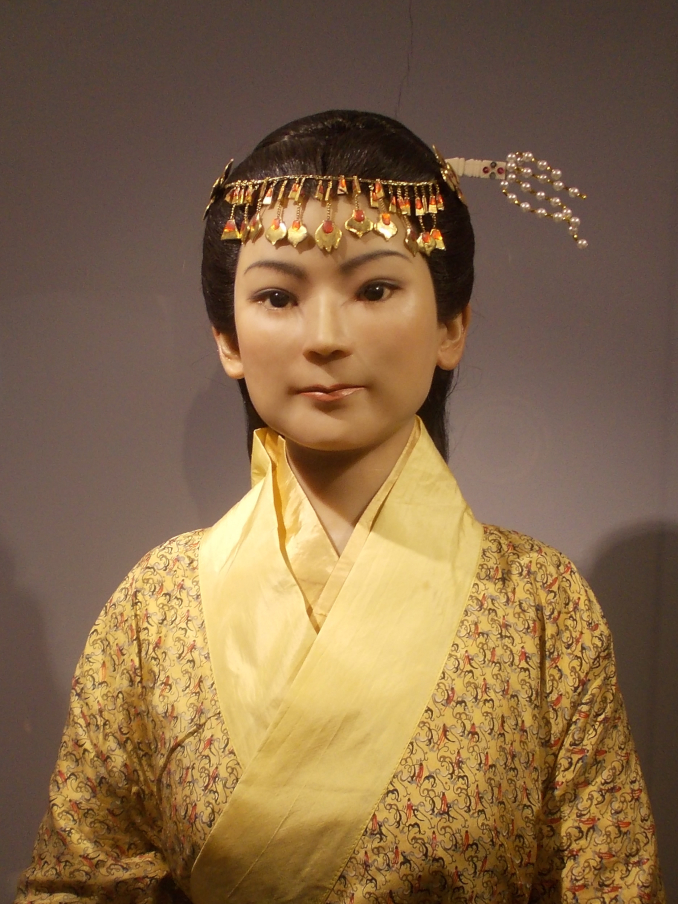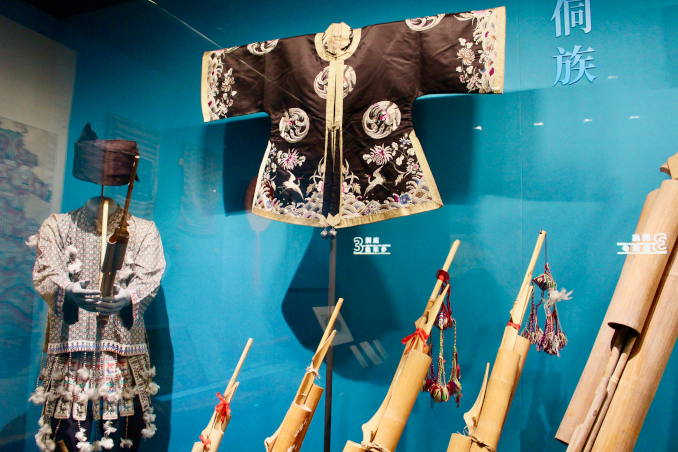Food for the Soul: Departing in Style – Mawangdui Tombs

“When future generations look back to my time, it will probably be similar to how I now think of the past.” Wang Yi Zhi, famous Chinese calligrapher 303-361 AD
By Nina Heyn – Your Culture Scout
It would be impossible to track the history of human civilization if not for a fairly universal custom of our ancestors to bury their dead rulers with a collection of their most prized possessions – fine clothes, housewares and furniture, jewelry, weapons, models of boats and chariots, as well as figurines of servants, attendants and soldiers. We would not know so much about ancient Egypt without the discovery of the Tutankhamun tomb or about pre-Columbian cultures without archeological digs across South America. The same applies to ancient China, home of the famous Terracotta Army found near Xi’an in the North, and where one of the most spectacular archeological discoveries was made in 1972. An accidental discovery of three tombs in the city of Changsha in the southern province of Hunan is well on a par with the Tutankhamun find in terms of the wealth of historical information that came to light.
The First Marquis of Dai was a chancellor of the kingdom of Changsha, the fiefdom of Western Han empire, living with his wife the life of luxury and power during the Han dynasty period in 200 BC. When the couple passed away, not only have they been buried with splendor befitting their social standing, but also mummified. Lord Dai’s tomb has been raided in antiquity but his wife’s final place of rest remained untouched until the 1970’s discovery. The excavation yielded over 3000 of rare ancient artefacts that shed the light on the agriculture, craftsmanship, art and everyday life during the early Han dynasty.

One of Lady Dai’s inner coffins, wood, paint and cinnabar lacquer coating. Appx. 180 BC. Hunan Provincial Museum, Changsha. Photo credit: Nina Heyn
As in ancient Egypt, when sending of a VIP into the underworld, nothing was left to chance. The body of Lady Dai was wrapped in 20 garments, covered by a silk banner- the earliest known Chinese painting – and then enveloped by four decorated wood coffins, nesting within each other and exquisitely decorated with red lacquer and gold leaf. The coffins were placed in a huge wooden box of an outer tomb structure that was then buried so deep in the ground and so well sealed that it survived thousands of years with grain seeds intact and thinnest silk threads in place. The tomb contained silk gauze gowns and heavily embroidered taffetas, toiletry box sets with cosmetics, a chess-like game set, wooden figurines of musicians and dancers, musical instruments, huge amounts of food serving and preparations dishes, carved bronze mirrors, painted silk pictures and fabrics. Among these luxury items, the biggest treasury for historians was finding books written on silk and bamboo slips, bringing information on the state of knowledge in China two millennia ago. Texts on 40 different subjects include a history of the Han dynasty, military maps, treatises on warfare and mathematics, philosophy, geomancy, medicine and astronomy with accurately rendered planetary orbits.

Xin Zhui (Chinese:辛追), also known as Lady Dai, was the wife of the Marquess Li Cang. Wax reproduction from the cast of her mummy discovered at Mawangdui. Hunan Provincial Museum, Changsha. Photo credit: Wikimedia Commons
The Hunan Provincial Museum serves as the central cultural depository for a province with 70 million people and it has been recently modernized to accommodate millions of visitors a year. The museum collection includes priceless bronze vessels for food and incense, tomb protector figurines, luxury wares made of jade and precious metals. A special section displays masterpieces of folk art of Hunan minority tribes (Miao, Tujia and others). This part of China is famous for intricate embroidery and silver ornaments of Yao and Miao tribes and the museum exhibits the best examples of this disappearing testimony of their art.

Miao tribe satin jacket from Qing Dynasty. Hunan Provincial Museum, Changsha. Photo credit: Nina Heyn
Outside the traditional tourist destinations of Beijing or Shanghai, China has one province after another that is rich in history and fascinating locations. Hunan, a region located for millennia in the geographical center of Chinese culture, not only is one of the most picturesque regions (its famous Zhangjiajie mountains served as “Floating Mountains of Pandora” in James Cameron’s blockbuster sci-fi Avatar) but also one of the cradles of human civilization. If you have a chance to travel in China, the beautiful province of Hunan is one of the places to discover.
Check it out!
